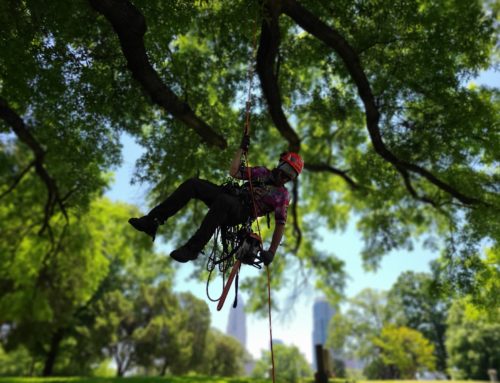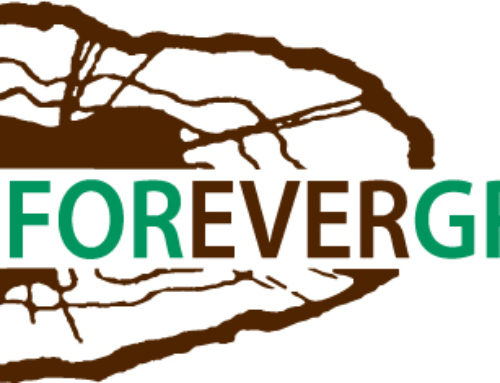
Ryan Tuller
Most often when people think about yard work, they associate it with spring and early summer. The cooler months are often overlooked when it comes to the working yard or garden. If you grow edible plants you may have some winter greens growing, but after the leaves have been raked up and the temperature drops, outdoor projects and ideas get put on hold. Winter, however, is the best time to perform reduction pruning on trees. Once the leaves have fallen,
trees become dormant, and aren’t focusing energy on leaf production, but rather on root growth. The purpose of reduction pruning is to decrease the amount of length and/or weight of a branch, or many stems of an entire tree. Not to be confused with “topping”. A dated technique that is no longer supported in the industry. This style of pruning accomplishes a few common goals when working within the urban forest. Building/structure clearance from trees, and vegetation management, employ this pruning technique. Reduction pruning is also performed to mitigate the hazard of branch or tree failure. Living with the benefit of what trees have to offer us in the urban environment does not come without necessary mindfulness from humans. Extensive property damage and even fatalities have resulted from tree failure. Urban tree failure can be an unpleasant reality, and often is for victims of it. Trees can appear to be perfectly healthy and be full of foliage, but may have structural defects that make them susceptible to extreme wind events, heavy rain storms, and ice. Reducing the length and/ or weight of certain stems or entire branches can decrease the amount of wind load they endure. Unfortunately, nature is unpredictable, and the only safe tree is one that’s been cut down. But it’s unrealistic to think that we cannot coexist with trees because of potential dangers, or that all trees have to be out of range of striking a target. Branch or tree failure can’t be predicted, nor can the outcome of any pruning performed. But arborists can identify potential defects or weaknesses in a tree. Sometimes removal is necessary, but it shouldn’t always be the first thing that comes to mind when assessing trees. Implementing procedures to mitigate the potential of failure is an option the client may wish to explore. It ultimately comes down to risk threshold. Reduction pruning is a great option to explore when assessing trees and how we live with them.




